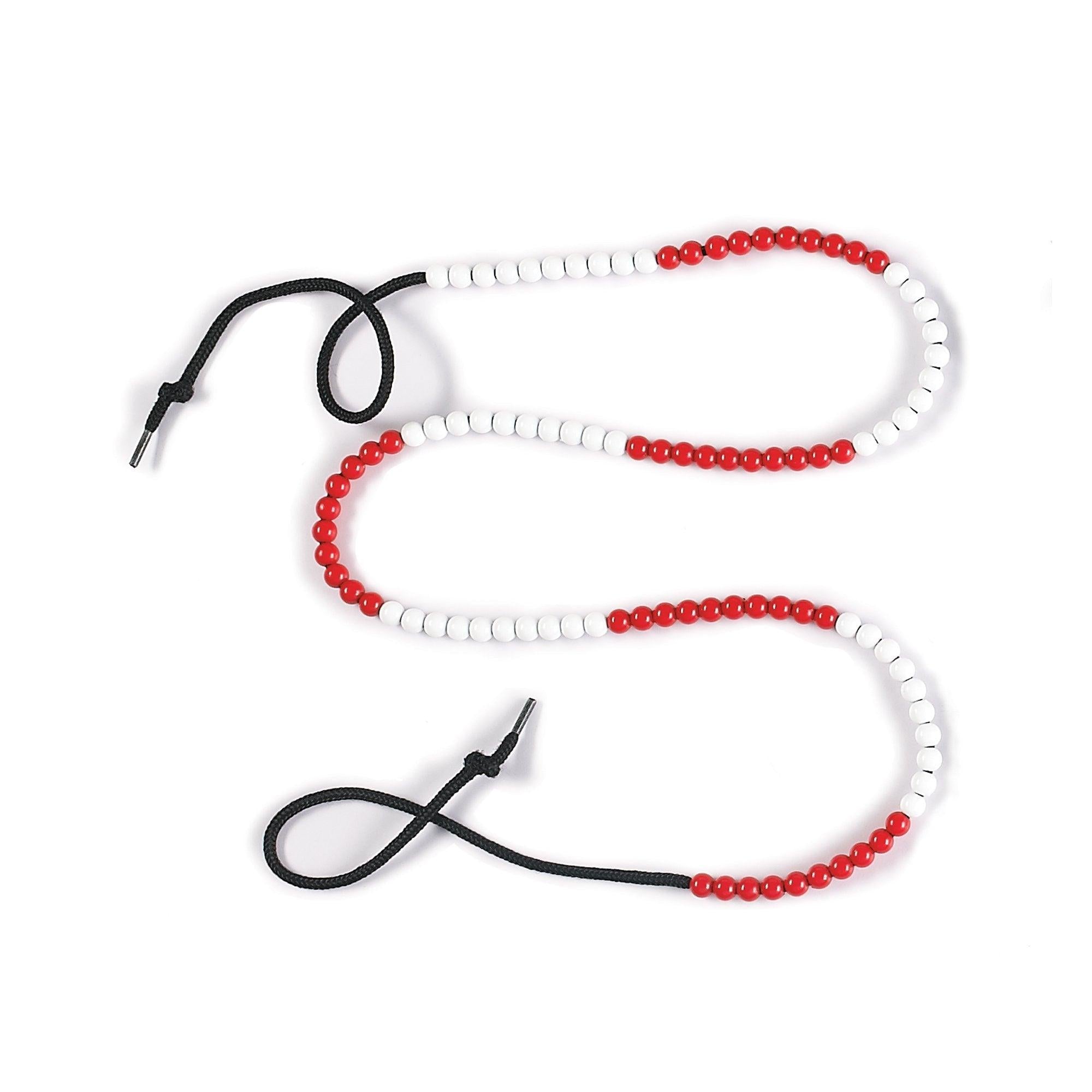The Impact of Toy Libraries on Sustainable Consumption
Introduction
In recent years, the concept of sustainable consumption has gained significant attention as society aims to reduce waste, preserve resources, and minimize its ecological footprint. One area that has emerged as an innovative solution in promoting sustainable consumption is the establishment of toy libraries. These libraries provide a range of benefits not only for children’s development but also for the environment. This article explores the impact of toy libraries on sustainable consumption and highlights their key features.
Benefits of Toy Libraries
Toy libraries offer a multitude of advantages that contribute to sustainable consumption. Some of the key benefits include:
- Reduces toy waste: Toy libraries enable children to access a wide variety of toys without the need for individual ownership. As a result, it reduces the number of toys being manufactured, consumed, and eventually discarded, thus minimizing waste.
- Promotes sharing and collaboration: By sharing toys with others, children learn valuable lessons about cooperation, empathy, and the importance of community. These social skills are essential for developing a sustainable society.
- Encourages resource conservation: Toy libraries often operate on a borrowing system, allowing children to borrow toys for a limited duration. This practice teaches children to value resources and use them responsibly, reducing unnecessary consumption.
- Expands play options: Toy libraries offer a wide selection of toys that may not be affordable for every family. By accessing these libraries, children can explore different types of toys and engage in diverse play experiences, promoting creativity and imagination.
Features of Toy Libraries
Toy libraries have specific features that contribute to their success and effectiveness in promoting sustainable consumption. These features include:
- Toy collection: Toy libraries maintain a diverse collection of toys suitable for various age groups and interests. This ensures that children have access to an extensive range of toys that cater to their unique preferences and developmental needs.
- Quality control: Toy libraries prioritize the quality and condition of their toy inventory. Regular maintenance and sanitization ensure that the toys are safe, hygienic, and in good working condition, promoting durability and longevity.
- Borrowing system: Toy libraries typically operate on a borrowing system, allowing children to borrow toys for a specific period. This system ensures fair distribution and prevents excessive accumulation of toys in individual households.
- Educational programs: Many toy libraries offer educational programs, workshops, and events to enhance children’s learning and development. By incorporating educational elements, toy libraries further encourage sustainable learning and play.
- Community engagement: Toy libraries actively engage with the local community to promote awareness about sustainable consumption. They often collaborate with schools, community centers, and other organizations to reach a wider audience and foster a sense of community responsibility.
Conclusion
Toy libraries have a significant impact on sustainable consumption by reducing toy waste, promoting sharing and collaboration, encouraging resource conservation, and expanding play options. These libraries provide an effective solution to address the environmental challenges associated with excessive toy consumption while fostering children’s development and creativity. By incorporating key features such as toy collections, quality control, borrowing systems, educational programs, and community engagement, toy libraries empower individuals and communities to embrace sustainable practices from an early age. Join the toy library movement today and make a positive impact on the future of consumption!




